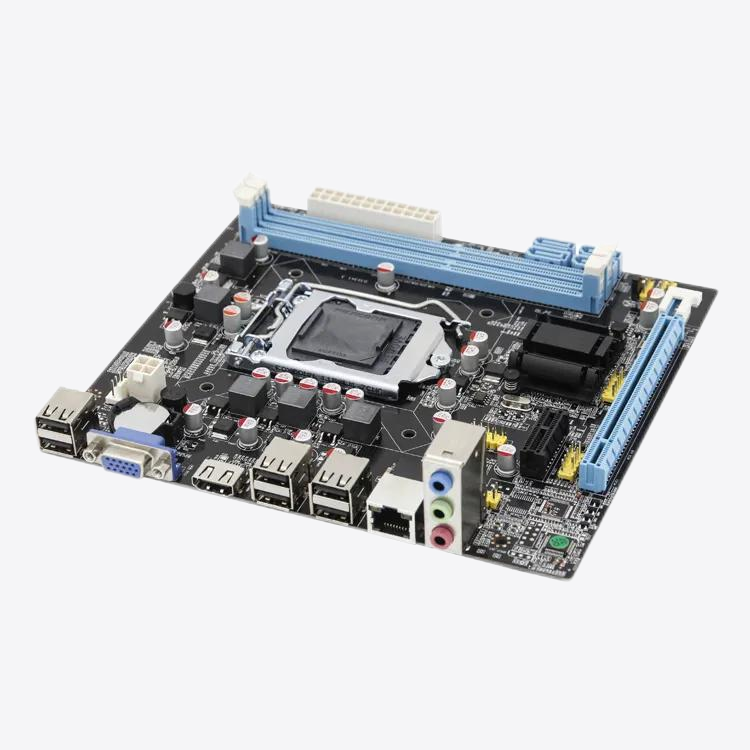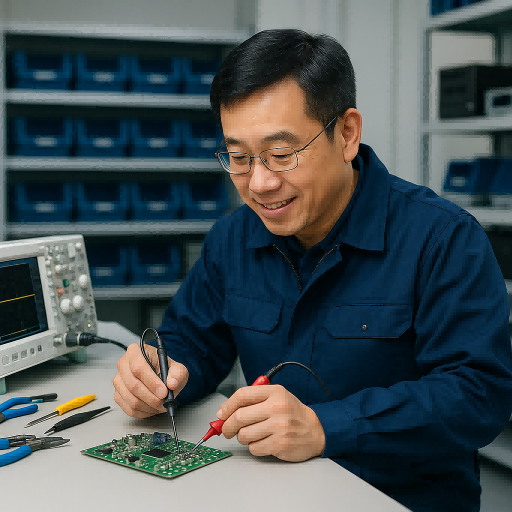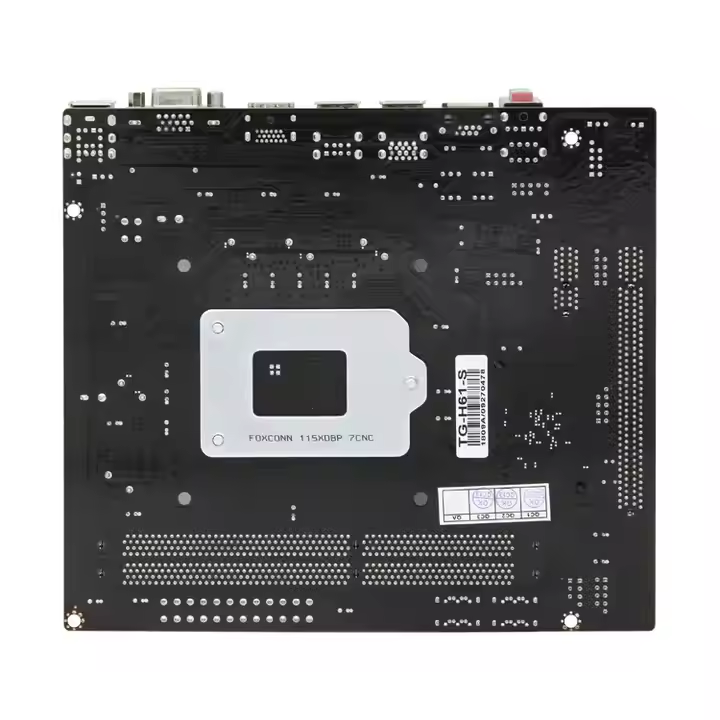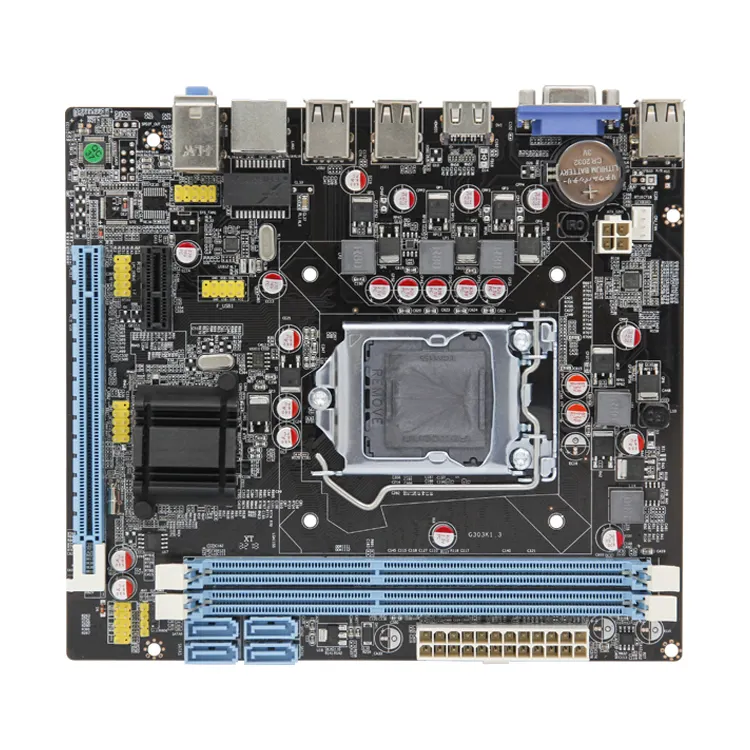Built to Withstand Extreme Temperatures

Can Your Hardware Survive the Heat and Cold?
Not all boards are built for outdoor boxes, uncooled racks, or freezing sites. This table shows how our wide-temp platforms keep working in extreme weather—without needing fans or heaters.
| Question | Standard Embedded Board | Customized Serial-Ready Board | Exclusive ODM by MiniITXBoard.com |
|---|---|---|---|
| Can it cold-boot in sub-zero weather? | May fail or restart often | Boot logic handles -10°C to +50°C | Boots from -20°C, validated startup under frost or chill |
| Can it operate in high heat? | May throttle or shut down | Basic throttling, reduced speed | Operates up to +70°C with full bandwidth, no forced cooling |
| Does the case protect against thermal drift? | Standard cases trap heat | Passive vents or partial shielding | Aluminum chassis, heat-spreading zones, zero drift in tight spaces |
| Is uptime stable in outdoor enclosures? | Needs A/C or vent fans | Works if semi-vented | Runs full-duty cycle in sealed kiosk, wall-mount, or vehicle bays |
Wide-Surface Heatsink Platforms for Harsh Sites
Some systems live in tough spots—outdoor walls, cold warehouses, sunlit kiosks. Our boards are made to handle it all. With smart materials and fanless cooling, they power up in freezing cold and keep going through hot summer days.
Wide Voltage Boards with Ambient Heat Tolerance
Best For: Smart displays, factory walls, self-service terminals
Components rated for -10°C to +60°C operation
Passive thermal zones with airflow support
Suitable for wall-mount and semi-outdoor installs
When to Choose:
- You’re deploying in buildings with poor climate control
- Indoor equipment runs hot due to 24/7 use
- Occasional exposure to sun or seasonal temperature shifts
Rugged Platforms with Extended Temp Ratings
Best For: AGVs, outdoor kiosks, military-grade boxes
Designed for -20°C to +70°C ranges with validated components
Board layout ensures heat is pulled from hotspots efficiently
Withstands thermal cycling without performance drift
When to Choose:
- Hardware must boot reliably in unheated warehouses or cold trucks
- Systems are used near furnaces, windows, or open bays
- You require consistent behavior in both winter and summer extremes
Industrial Boards with Harsh-Zone Thermal Engineering
Best For: Mining control, railways, outdoor IoT
Uses wide-temperature SoCs, voltage regulators, and memory
Solid-state design eliminates fan reliance
Built for sealed cabinets and remote-edge deployments
When to Choose:
- Locations experience severe cold snaps or heatwaves
- Maintenance access is limited and uptime is critical
- The application demands long-term operation in unregulated spaces

Build with Confidence on a Wide Temperature-Ready Platform
Not all deployments happen in climate-controlled rooms. Whether you’re designing for sunlit kiosks, winter warehouses, or mobile devices exposed to the elements, we help you configure a board that performs reliably from deep cold to summer heat.
- Validated components rated for -20°C to +70°C operation
- Tested for thermal cycling across boot, load, and idle states
- Designed for use in semi-outdoor, fanless, or mobile enclosures
Thermal Design Interfaces Tuned for Wide Temperature Uptime
When systems must endure outdoor enclosures, factory walls, or mobile deployments, thermal consistency matters. We engineer temperature-tolerant platforms to operate from -20°C to +70°C, balancing material heat transfer, component layout, and passive dissipation—ensuring stability across every load cycle.
| Thermal Design Category | Compact Temperature-Tolerant Boards | Mid-Tier Wide-Temp Platforms | Advanced Wide-Temp Industrial Boards |
|---|---|---|---|
| Temp Range | 0°C–50°C rating, sealed plastic housing | -10°C to 60°C passive chassis | -20°C to +70°C certified, extreme-rated design |
| Cooling Design | Low-power CPUs, internal aluminum spreaders | Fin-stack or vapor pad zones with thermal control | Heatpipe & chassis-integrated airflow routing |
| Material Architecture | Polycarbonate shell, low-expansion layout | Aluminum alloy base with EMI shielding | MIL-grade metals with heat staging zones |
| Dust & Humidity Tolerance | Limited IP sealing | Splash-resistant, indoor only | IP-rated, moisture-proof with coated boards |
| Deployment Suitability | Indoor kiosks or climate-controlled POS | Smart buildings, mild-weather sites | Harsh outdoors, rail, or vehicle scenarios |
Mechanical & Thermal Engineering for Harsh Temperature Zones
Fanless Cooling Strategy for Thermal Extremes
Our systems aren’t just fanless—they’re thermally engineered to perform in wide-ranging temperatures. With passive cooling, durable components, and no moving parts, these boards stay functional in frigid mornings and blazing heat, making them ideal for deployments in unregulated outdoor and industrial environments.
Zoned Heat Transfer Paths
Strategic thermal zoning separates hot components from heat-sensitive ones, keeping boards stable even in sealed spaces.
Metal Enclosures as Radiators
Die-cast or aluminum cases serve as passive heat sinks, dissipating thermal loads without airflow—crucial for outdoor or high-vibration use.
Firmware-Governed Throttling
Dynamic thermal controls adjust processing power to protect performance during temperature surges, extending uptime.
Validated Wide Temp Ranges
Every board is tested for -20°C to +70°C operation—ideal for vehicles, edge deployments, and environments without climate control.
No Fans, No Failures
Fewer parts mean fewer risks. These platforms resist dust, reduce noise, and minimize maintenance across deployment lifecycles.


Engineered to Withstand Extreme Temperatures
In tough places—like cold server cabinets, sunlit kiosks, and factory enclosures—temperature matters. Our wide-temperature platforms are built with tested components and thermal logic to work through heatwaves and deep freezes without failing.
Thermally Locked BOM Materials
We only use heat-tolerant parts—no last-minute swaps. This ensures every batch has the same predictable thermal behavior, even under high load.
Full-Range Heat Mapping Support
Our boards are designed with wide thermal zone coverage. Heatsinks, VRMs, and SoCs are placed to spread heat safely—perfect for long hours in -20°C or +70°C conditions.
Smart Firmware-Based Thermal Behavior
Pre-calibrated thermal curves are baked into the firmware. That means no manual tuning—boards auto-adjust based on ambient heat, keeping performance safe and stable.
Survive the Extremes: Tested for Real-World Thermal Stress
From frozen cabinets to sunlit kiosks, boards need to work no matter what the weather does. Our wide temperature range platforms are tested for full uptime—even in environments that swing from freezing to heatwaves.
Copper-Padded Hot Zones
We reinforce heat-critical areas with copper planes and thermal padding. This spreads out temperature spikes and keeps sensitive parts safe—even in +70°C setups.
No-Fan Thermal Protection
We use heat spreaders, thermal pads, and copper routing instead of fans—keeping your system cool in sealed boxes and dust-heavy conditions where airflow isn’t an option.
Zero-Failure Passive Cooling
No fans to break, clog, or slow down in the cold. Our wide-temp designs use fixed heatsinks and thermal routing that perform quietly and reliably from -20°C to +70°C.
Long-Term Stability, Zero Maintenance
By combining stable VRM mapping, wide copper planes, and passive thermal curves, our platforms ensure consistent performance across years of duty—no tuning, no cleaning, no surprises.
Wide Temperature Platforms for Real-World Deployment
Whether you’re deploying in sun-heated kiosks or below-zero control cabinets, our embedded boards are designed for the unexpected.
Intel Celeron N150: Balancing Power, Performance, and Practical Efficiency in Compact Systems
Table of Contents 1. Introduction: The Role of the N150 in Modern Embedded Platforms 2. CPU Microarchitecture and Platform Integration 3. Thermal Design and Power Consumption in Real Deployments 4.…
Intel Celeron N300: Engineering Low-Power Performance for Modern Embedded Systems
Table of Contents Introduction: The N300’s Place in Embedded and SFF Markets Architecture & SoC Integration Power Consumption & Idle Realities BIOS & Tuning for Sustained Performance Thermal Performance &…
